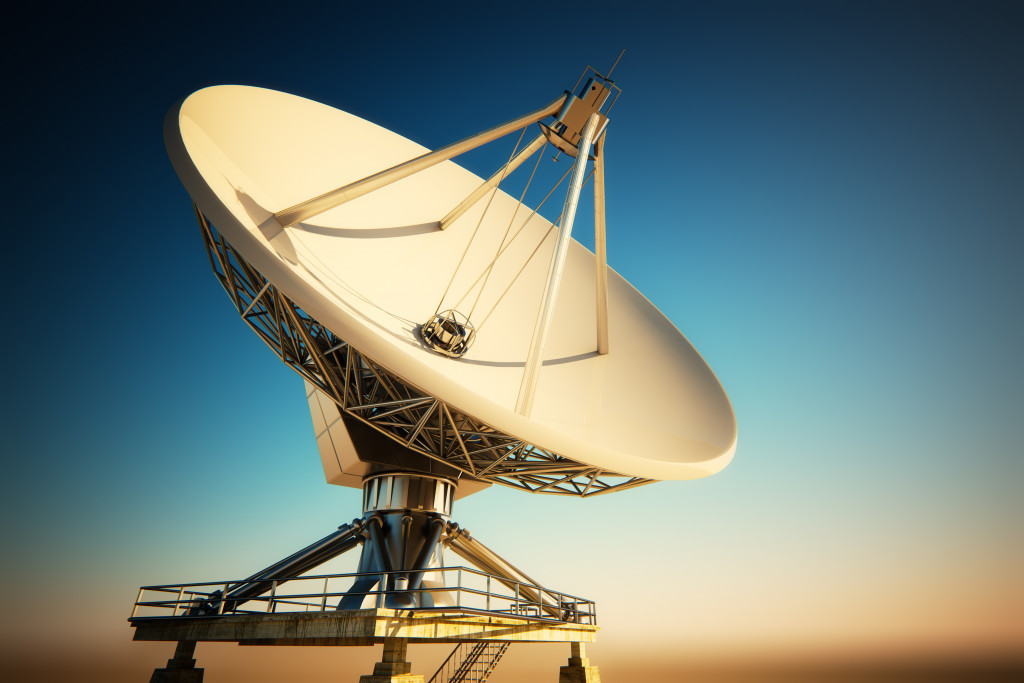A city is similar to a complex machine. There are a lot of moving parts that ensure that the residents all get what they need. However, like a machine, there comes a time for an upgrade. With the increase in size and changing needs of its citizens, a city needs to keep up. This is where the latest technologies come in. They can help ease the strain on city services and make life easier for its residents.
Here are some examples of technologies that will change the way people live in the urban environment:
5G Implementation
The vision of having a “smart city” is only possible with the rise of 5G. The fifth generation of broadband technology allows for higher bandwidth and that is very important. The improved connection allows for more data to flow both from and to the user. This can help in data collection, which is important for the city since it can use the information for a variety of purposes ranging from security to traffic routing. Users can also benefit by receiving real-time data from various services that can make life easier.
Smoother Traffic Management
According to data reveals that American commuters spend an average of 54 hours a year stalled in traffic. That is more than two whole days and that is only the median, with some people spending even more time in traffic. The problem of clogged roads is very visible in urban centers. It is a good thing that new technologies have come up with ways to ease it. For example, real-time traffic monitoring combined with GPS positioning can allow cities to guide drivers through routes with minimal or no traffic. Adaptive traffic lights can be integrated into traffic monitoring stations so that they can modify stop times to unclog congested streets.
Improved Emergency Services
Bigger cities can mean more people with medical emergencies. It can be a challenge to keep up with them, especially when it comes to those at risk. Knowing more about a particular case can allow for better emergency response. For example, if a 911 dispatcher knew that a caller had a specific condition like heart disease, then they would be able to inform the ambulance and have the hospital ready for it. This is where a dedicated MIH platform for the city comes in handy. This provides the city’s emergency services with access to medical records om a secure manner so that it can help with emergencies.

Air Quality Management
One issue that plagues cities is declining air quality. With air pollution coming from various sources, the health of city residents can be at risk. This is where air quality monitoring comes in. With the latest technology, city managers can identify pollution sources and dangerous areas in the city. This can allow for targeted restrictions that should help get the air back into good condition. For example, restricting traffic into an area can be a good measure while also implementing stricter emissions tests in the vicinity for vehicles and local establishments.
Simulation Before Implementation
A lot of city management decisions are often made in hopes of reaching a particular result. For example, a city might decide to implement some economic decisions like lower taxes or reduced fees to encourage commercial development in the city. But these decisions can also backfire, resulting in losses in both time and money. However, agent-based modeling and simulation can take out the uncertainty when it comes to decisions. Experts can model the potential results and simulate the potential effects with great accuracy. This is done through computer models and formulas and they have been pretty good at providing results.
Real-time Data Collection
If the city authorities don’t know what is going on in the city, then they won’t be able to make the right decisions. Efficient data collection ensures that the city’s decision-makers have accurate information that they can base their decisions on. But getting a lot of data can be normally time-consuming and may not help when an immediate decision has to be made.
This is where real-time data collection shines. The data can come from CCTV cameras to sensors installed across the city. With a 5G connection, a constant stream of information can come in about different things from water levels to the temperature. This can be a good thing for disaster and emergency response.
A lot of people are moving out of urban centers because of the declining services and the challenges of living in a city. But the technologies above can make it a lot easier for normal citizens to live in the middle of a crowded metropolis. They will revolutionize city living and change people’s lives greatly.

